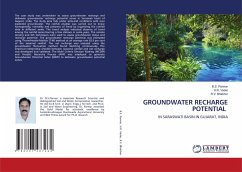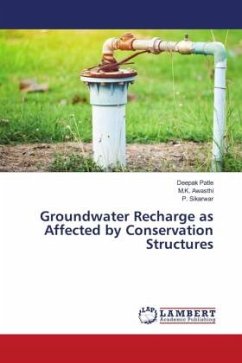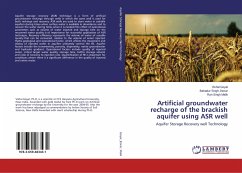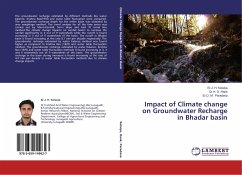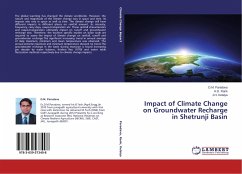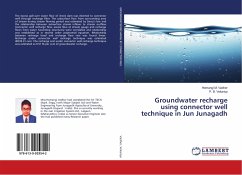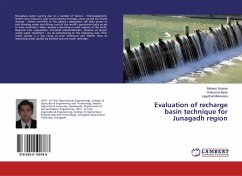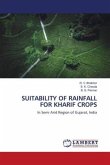The case study was undertaken to assess groundwater recharge and delineate groundwater recharge potential zones in Saraswati basin of Gujarat, India. The study area falls under semi-arid conditions with over exploited groundwater. The rainfall analysis was carried out to know homogeneity, normality and presence of trend by organizing the rainfall data in different series. The trend analysis indicated absence of trend among the rainfall series barring a few stations in some years. The remote sensing and GIS techniques were used to assess groundwater status and recharge potential. The groundwater recharge potential was estimated using Thornthwaite-Mathar (T-M) method at an average rate 63.9 per cent of the seasonal rainfall. The net recharge was assessed using the groundwater fluctuation method found declining continuously. The empirical relationship (model) between seasonal rainfall and net recharge was developed and validated. The Multi Criteria Decision Making (MCDM) and Analytic Hierarchy Process (AHP) was employed to generate Groundwater Potential Index (GWPI) to delineate groundwater potential zones.
Bitte wählen Sie Ihr Anliegen aus.
Rechnungen
Retourenschein anfordern
Bestellstatus
Storno

